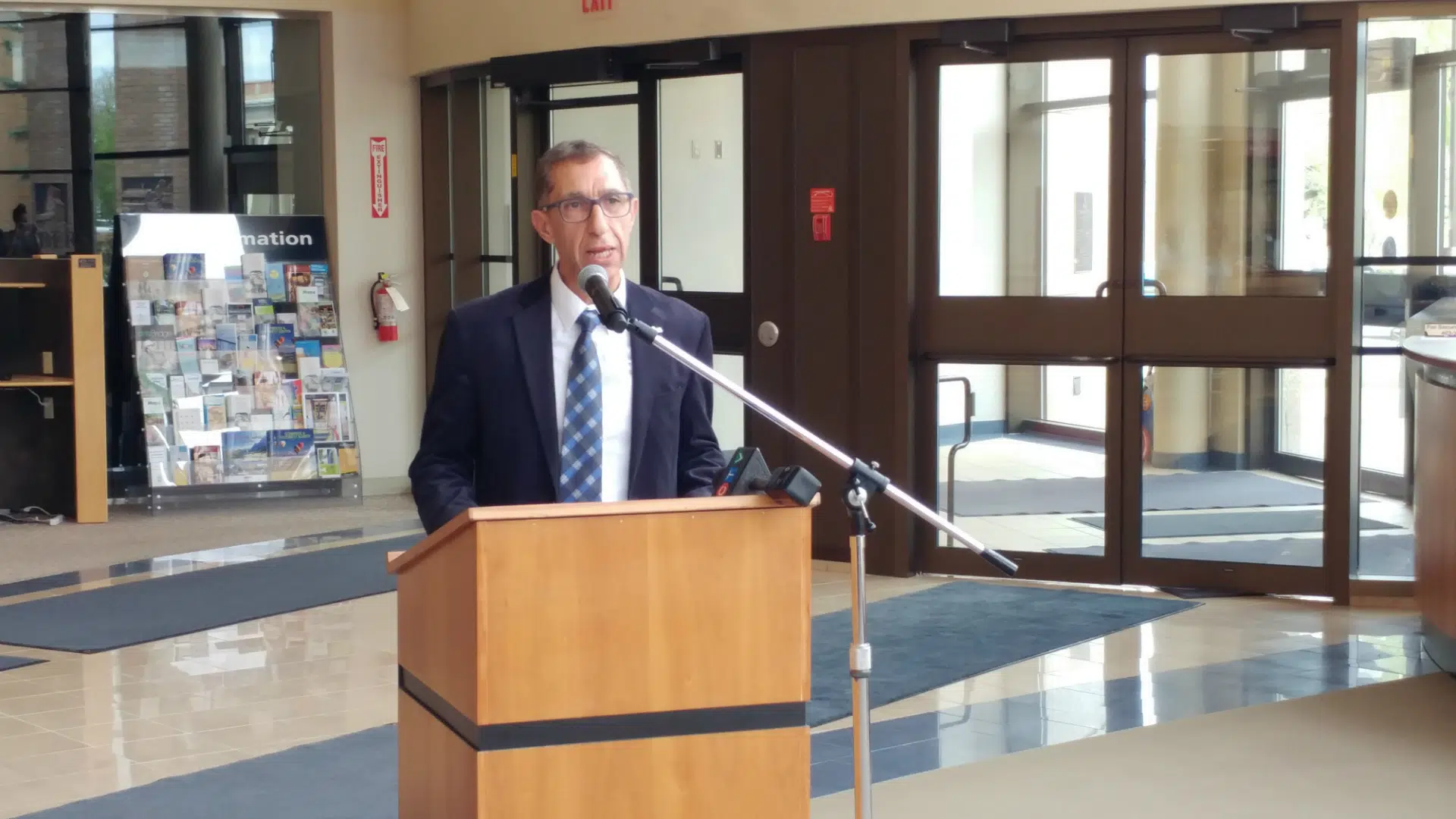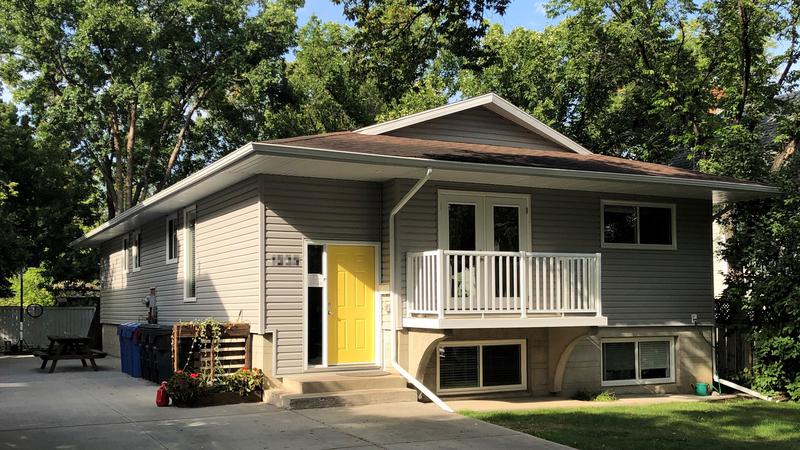
Analysis shows benefits outweigh cost of twinning Highway 3
LETHBRIDGE – A new analysis highlights the many benefits that twinning Highway 3 could bring to southern Alberta.
The “Highway 3 Twinning Feasibility: A Cost-Benefit Analysis” report was completed by Kien C. Tran, professor in the department of economics at the University of Lethbridge.
Last June, the province committed nearly $10,000 to update similar studies done by the Van Horne Institute at the University of Calgary in 2002 and 2004. The 34-page document takes a close look at traffic volumes, tourism, pattern and flows, economic and demographic data.
“[It uses] numbers from Alberta Transportation, also from AMA (Alberta Motor Association) and Alberta Tourism. Those numbers have been taken into account in terms of what is happening today… There’s obviously benefits in travel time costs, accident cost savings and vehicle operating and emissions cost savings, and of course tourism and other economic impact,” Bill Chapman, president of the Highway 3 Twinning Development Association, said. The association works collectively on behalf of municipalities, chambers of commerce, school boards, tourist associations and economic development agencies along Highway 3 to promote the twinning project to government.
The report most importantly states that for every dollar spent on building and maintaining the highway, there is $2.97 in economic return to the region. The executive summary goes on to say “for a public infrastructure investment, these results are highly significant and demonstrate the worthiness of the twinning investment project.”
Highway 3 stretches 324-kilometers across southern Alberta, from the British Columbia to Saskatchewan borders. Of that, only about 115-kilometers are twinned between Fort Macleod and Taber.
It’s been the scene of countless serious vehicle collisions, as well. While that’s certainly part of the analysis, Chapman stressed that there are bigger points to focus on.
“With the number of fatalities on the highway, we don’t want to use those numbers as the impetus all the way… When it comes down to time costs, operating costs and emissions, all of those things are taken into consideration. This study really shows that as the bigger impact and the bigger benefit of twinning.”
Crowsnest Pass Mayor Blair Painter added that this twinning project has been a long time coming, but knows the wait isn’t over yet.
“I think it was 1969 was the start of this. What’s really hard is the uncertainty, when this is going to happen,” he continued.
“How do we plan for something that we don’t know if it’s in the next 20 years, 50 years, 100, 150 years? We’re hoping that this government will commit dollars to this project and firm up a start date.”
Chapman says the full report will be tabled with Brian Mason, Alberta’s Minister of Transportation, as soon as possible, adding that he believes the project is well within the vision of the current NDP government. Lethbridge East MLA Maria Fitzpatrick also noted that she will continue conversations with the minister in order to hopefully gain some funding momentum.


